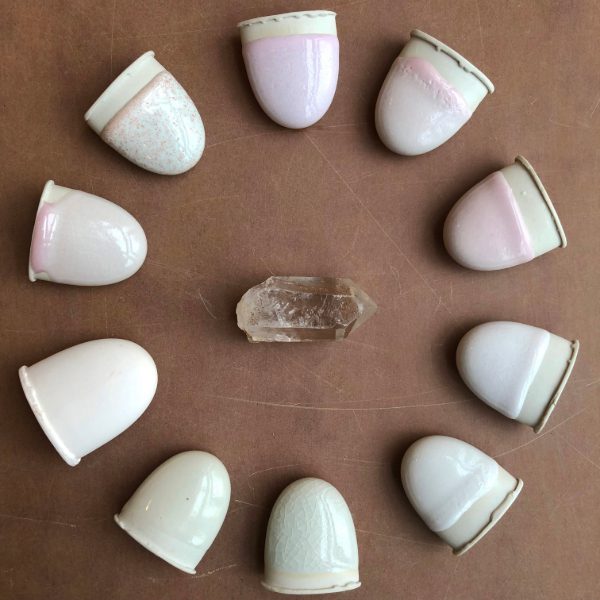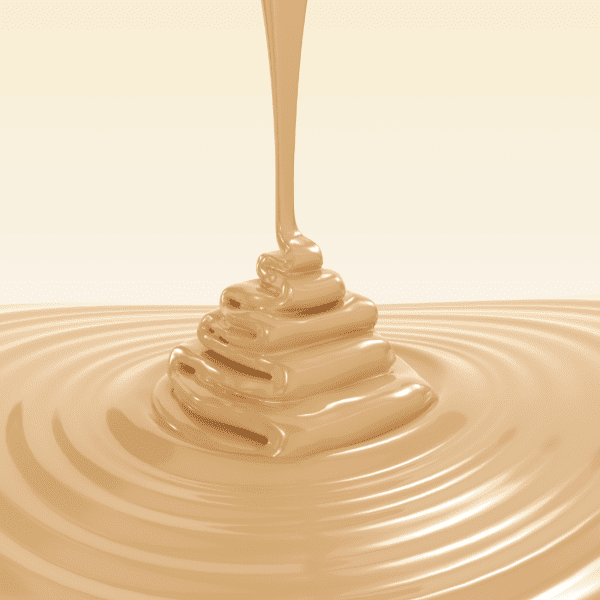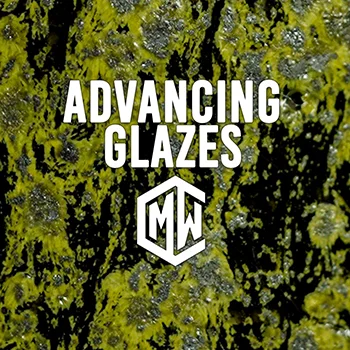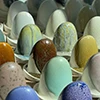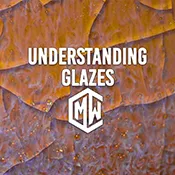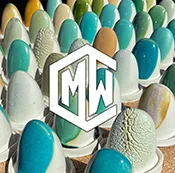Ceramic glaze crazing, characterized by a network of fine cracks on the surface of glazed pottery, has long intrigued and occasionally frustrated ceramic artists.
This phenomenon can be seen as both a defect and a unique design element.
In this article, we explore the causes, myths, concerns, and aesthetic possibilities of glaze crazing, along with strategies for prevention.
What is Glaze Crazing?
Glaze crazing occurs when a web of tiny cracks appears on the surface of a ceramic piece after firing. This happens due to a mismatch in the thermal expansion rates of the clay body and the glaze. As the ceramic cools, the glaze contracts more than the clay, resulting in stress and the formation of fine cracks.

Causes of Crazing
Crazing happens because of a mismatch in how much the glaze and the clay body shrink as they cool down after firing. Think of it like a tug-of-war:
- Thermal Expansion Mismatch: The primary cause is a disparity in the thermal expansion rates of the glaze and clay body. When these rates are too far apart, crazing occurs.
- Glaze Composition: The chemical makeup of a glaze affects its expansion and contraction with temperature changes.
- Clay Body Characteristics: Different clay bodies—such as stoneware, porcelain, and earthenware—have varying thermal expansion properties, influencing their interaction with glazes. It’s common for a glaze to craze on one type of clay body but not on another.
The Heat is ON! A Beginners Guide to Glazing and Firing Pottery!
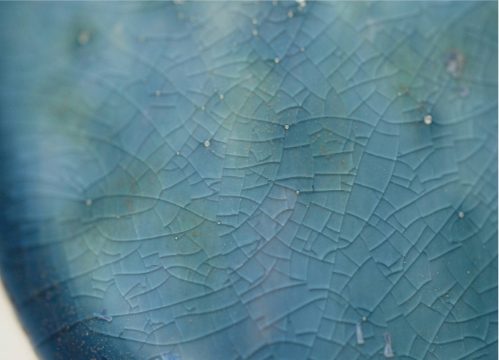
Debunking Myths
- Myth of Slow Cooling: Contrary to popular belief, cooling the kiln slowly does not prevent crazing. Crazing is a result of chemical interactions rather than temperature variations. In some cases, crazing can even occur years after firing.
- Misconception About Shrinkage: Crazing is not due to shrinkage, which occurs due to water loss during the pottery production process, affecting pottery during both drying and firing stages. (Why does my clay shrink when fired?)
Some ceramist think your water source affects your glazes! Listen to CMW’s podcast: For Flux Sake Episode 70: Does your water source affect glazes? to find out more!
Concerns About Crazing
- Bacterial Growth: If a pot is not vitrified, crazing can promote bacterial growth within the cracks.
- Structural Integrity: Studies indicate that crazing can penetrate the clay body, potentially weakening the ceramic piece.
Prevention Strategies
- Matching Thermal Expansion: Ensuring compatibility between the thermal expansion rates of the glaze and the clay body is crucial. Potters can use Stull’s Map to predict crazing.
- Thinner Glaze Application: Applying a thinner layer of glaze reduces the likelihood of crazing. There are many methods that you can try out for the same effect!
- Testing and Adjusting Glaze Chemistry: Regular testing of glazes on small samples of the clay body can identify potential crazing issues. (Or purchase CMW’s Test Tiles here) Altering the glaze’s chemical composition to lower its expansion rate can also be effective.
I need examples! What our Free Glaze chemistry lesson: Master Stull’s Map to Prevent crazing!
Embracing the Aesthetics
While many potters view crazing as a flaw, it can also be an intentional design element.
The intricate network of cracks adds texture and visual depth to a piece, evoking a sense of antiquity.
Some artists enhance this effect by applying ink or pigment to the cracks, transforming a perceived defect into a distinctive feature.
Traditional and contemporary artists often embrace crazing, particularly in Raku pottery, a Japanese technique known for its pronounced crazing. The unique patterns created by crazing are celebrated and sometimes highlighted with contrasting colors for dramatic effect.
Too afraid to make a mistake? Read our article: Whoopsie-Daisy! Common Mistakes in ceramics and How to Avoid Them!
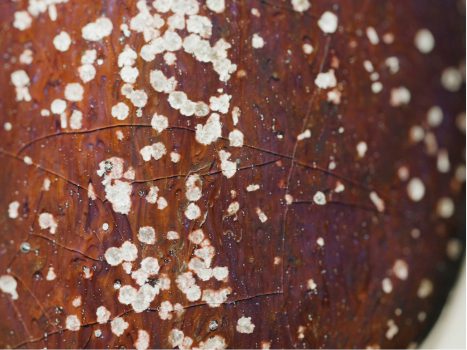
Still Curious?
Ceramic glaze crazing is a complex interplay of chemistry, physics, and artistry. Understanding the causes and methods of control allows ceramic artists to either prevent crazing and produce flawless pieces or embrace its aesthetic potential to create unique, memorable art.
Watch CMW’S YouTube video and FREE online glaze chemistry lesson: Craze-y For You
Ready to dive deeper?
Loved learning about ceramic glazes? Want to go even deeper? Check out our Workshops & Courses, now available in Spanish, or YouTube Channel where Matt breaks it all down, myth-busting and Stull chart included!

